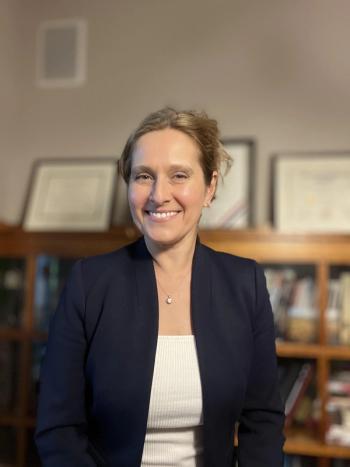
Who is going to fill all the open health care jobs?
It’s not who you think - report highlights shifts in U.S. labor force demographics
The American labor force is undergoing significant demographic shifts, with a growing reliance on older workers, according to a new research report published by the Employee Benefit Research Institute. The study,
The report found that the prime working-age population (25-64 years old) has significantly declined, a trend that has been offset by an increasing participation of older workers in the labor force. However, despite the rising number of older individuals filling these roles, labor force participation among those aged 65 and older has not yet returned to pre-pandemic levels.
Key findings from the report include:
- Decline in Prime Working-Age Population: The share of the labor force composed of individuals aged 25-64 has fallen notably since the mid-1990s. Although participation rates among this group have remained relatively stable, the overall number of people in this age bracket has decreased. This decline is increasingly being compensated by older workers, while the share of younger workers (under 25) remains near record-low levels.
- Rising Proportion of Older Americans: Since 2008, the proportion of the U.S. population aged 65 or older has grown substantially. By 2023, this age group represented the largest share of the population, with those aged 16-24 making up the smallest proportion. This shift highlights the aging workforce and the critical role older workers are playing in the labor market.
- Gender Disparities: The report also notes that women aged 65 or older make up the largest share of the U.S. population in that age range. However, within the labor force, older men have a higher participation rate than their female counterparts, with the gender gap being most pronounced in the oldest and youngest age brackets.
- Racial and Ethnic Trends: Labor force participation rates among White Americans aged 16 and older have declined since 2000. For Black and Hispanic Americans, rates were also lower in 2023 than in 2000, but these groups saw a sharp increase in participation from 2021-2023 following a dip in 2020. In contrast, White Americans did not experience the same rebound.
Craig Copeland, director of wealth benefits research at EBRI, noted the broader implications of these shifts, particularly as the Baby Boom generation continues to age. “The aging of the labor force will play an essential role in
For health care professionals and administrators, these findings show the importance of planning for a
Newsletter
Stay informed and empowered with Medical Economics enewsletter, delivering expert insights, financial strategies, practice management tips and technology trends — tailored for today’s physicians.















